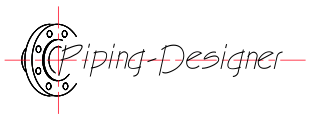Motor Torque
Motor Torque Formula |
||
|
\( \tau \;=\; \dfrac{ HP \cdot 5252 }{ S } \) (Motor Torque) \( HP \;=\; \dfrac{ \tau \cdot S }{ 5252 } \) \( S \;=\; \dfrac{ HP \cdot 5252 }{ \tau } \) |
||
| Symbol | English | Metric |
| \( \tau \) (Greek symbol tau) = Motor Torque | \(lbf-ft\) | \(N-m\) |
| \( HP \) = Horsepower | \(lbf-ft\;/\;sec\) | \(J\;/\;s\) |
| \( S \) = Speed | \(rpm \;/\; sec\) | \(rpm \;/\; s\) |
Motor torque is the rotational force produced by a motor. It represents the motor's ability to twist or turn a load, driving mechanical systems like wheels, gears, or shafts. Torque depends on the motor's power and speed, with higher torque enabling greater force to overcome resistance or accelerate a load. In electric motors, torque is generated by the interaction of magnetic fields, while in combustion engines, it comes from the force of expanding gases on pistons.
Key Points about Motor Torque
Work Capability - Higher torque means the motor can perform more rotational work. For example, it can turn a heavier load or overcome greater resistance.
Acceleration - High torque allows a motor to accelerate a load more quickly.
Responsiveness - In applications like electric vehicles, high torque translates to quicker response when the accelerator is pressed.
Low-Speed Operation - Some applications, like industrial shredders or servo presses, require high torque even at low rotational speeds

